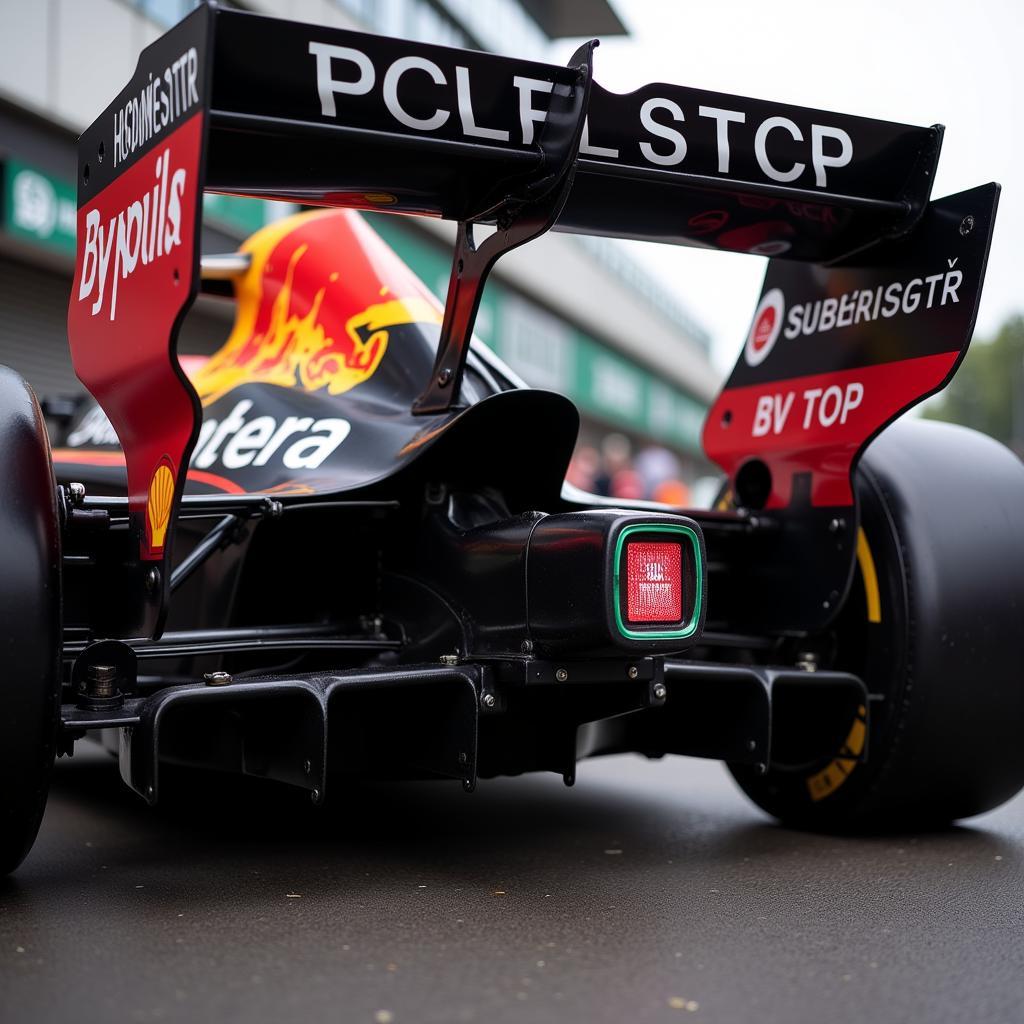The Hungarian Grand Prix, held at the Hungaroring circuit, is a challenging race that demands precision and strategy. Known for its tight corners, lack of straights, and often scorching temperatures, finding the right F1 23 Hungary setup is critical for success. This guide will delve into the optimal setup adjustments for your car, helping you conquer this technical track and leave your rivals in the dust.
Understanding the Hungaroring’s Unique Characteristics
Before diving into the specifics of your F1 23 Hungary setup, it’s crucial to understand what makes the Hungaroring such a unique beast.
-
Twisty and Technical: This track is notorious for its abundance of tight corners and limited overtaking opportunities. This means a high-downforce setup is crucial for maintaining speed through the corners and maximizing grip.
-
Traction is King: With so many low-speed corners, getting the power down effectively is paramount. Your Hungary setup needs to prioritize traction to avoid wheelspin and maintain momentum exiting corners.
-
Braking Zones: The Hungaroring features several heavy braking zones, putting a premium on braking stability. You’ll need a setup that provides consistent braking performance without locking up, especially under pressure.
Fine-Tuning Your F1 23 Hungary Setup
Now, let’s break down the key areas to adjust in your car setup for the Hungaroring:
Aerodynamics
- High Downforce is Key: Opt for maximum wing angles (around 8-9 for front wing and 9-10 for rear wing) to generate as much downforce as possible. This will provide the grip you need to navigate the Hungaroring’s corners with confidence.
Transmission
- Go Lower for Acceleration: A shorter gear ratio (around 50-55) will enhance your acceleration out of the slow corners, which is vital for gaining time on this track.
Suspension Geometry
- Camber and Toe for Responsiveness: A slightly higher front camber (-2.7 to -2.9) and lower rear camber (-1.3 to -1.5) will enhance turn-in responsiveness. Set the front toe to a slightly toe-out position (0.05-0.10) and rear toe to a slightly toe-in position (0.15-0.20) for better corner entry and stability.
 F1 23 Hungary Setup – Suspension Adjustments
F1 23 Hungary Setup – Suspension Adjustments
Suspension (Springs and Anti-Roll Bars)
- Stiffer Setup for Stability: Use stiffer front (8-9) and rear springs (10-11) and anti-roll bars (6-7 front, 8-9 rear) to reduce body roll and maintain stability during rapid direction changes.
Brakes
- Balance and Responsiveness: Set your brake bias slightly forward (56-58%) to aid with turn-in and prevent rear locking under heavy braking. Opt for a higher brake pressure (100) for a more responsive feel.
Tyres
- Manage for the Long Run: Tyre wear can be a factor at the Hungaroring, so starting with a slightly higher tyre pressure (23.0-23.5 PSI for fronts, 21.0-21.5 PSI for rears) can help with longevity. Keep an eye on the track temperatures and adjust accordingly.
Finding Your Edge: Putting it All Together
Remember, these setup suggestions are a starting point. The optimal F1 23 Hungary setup for you will depend on your driving style, assists, and the in-game conditions. Don’t be afraid to experiment with minor adjustments to find what works best for you.
Expert Tip from Max Verstappen: “The Hungaroring is all about finding the limit in the slow-speed corners. You need a car that gives you the confidence to attack the kerbs and carry speed through the turns.”
Conclusion: Conquer the Hungaroring
With a well-tuned F1 23 Hungary setup, you can unlock your car’s full potential on this demanding circuit. Master the art of high downforce, refine your braking points, and maintain your composure through the twists and turns. By understanding the track’s nuances and optimizing your setup, you’ll be well on your way to a triumphant Hungarian Grand Prix.





